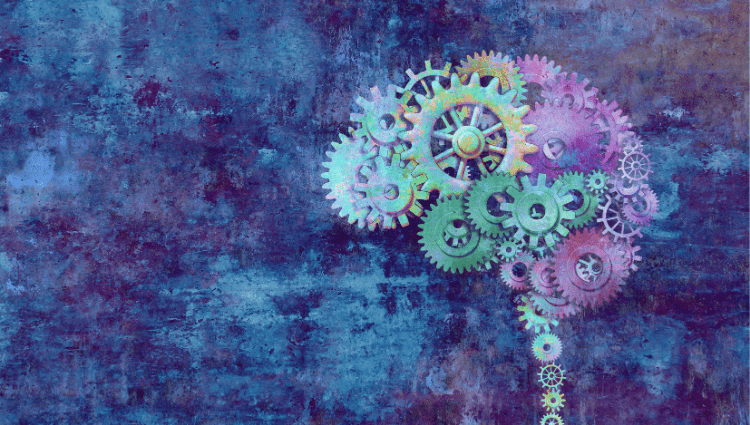Creativity is extremely versatile for people and society. Undeniably, it is tough to imagine any human evolution without this ability. It is usually defined as the beginning of something innovatively new and constructive for society that goes beyond the common and conventional. The key trait of human brain evolution is the social feature, namely acknowledgment by others and acceptance as the new social status. Evolution appeared to support the social features.
Bio-social demands are thought to have formed the development of the human brain, including its size and patterns. Art is a representative communicative method practiced only by humans. It was completely practiced conduct at a time when early human social groups evolved in size, and density. Communication through language and art supported unity and survival.
The different species of vertebrates are fundamentally the same as in the way that their brains are ordered. For instance, all vertebrates have a forebrain, midbrain and hindbrain, inside which are discovered all the major neural frameworks that have evolved to execute functions common to all species.
The different species have areas of the brain too that have specialized in unique ways in response to the particular restrictions of their surroundings. The human brain is about three times bigger in volume than we would expect in a primate of similar size. The proportions of its parts to one another are dissimilar than in other primates. For example, in humans, the olfactory lobe is only 30% of the size it would be if it were in the similar proportion to the whole brain as in other primates.
It follows rationally that if the human brain normally is much bigger than would be expected in a primate size, then some of its other structures must be proportionately far bigger. And definitely, when we trace the brain’s evolution from fish to amphibians to reptiles to mammals and lastly to humans, we observe that the parts of the brain that have developed the most in human beings are in the neocortex, and more particularly the prefrontal cortex.
In other species, prefrontal cortex is devoted to deliberate motor control, but in primates, it has evolved significantly. For a long time, researchers accepted that people’s unparalleled capacities for planning, and dynamic thinking were attributable to their having a more evolved prefrontal cortex than other primates. As indicated by the authors of recent studies, humans’ greater capabilities to predict and to plan can more properly be credited to other specific areas of the cortex and to intense interconnections between the prefrontal cortex and the rest of the brain.
The major reason that the prefrontal cortex is somewhat bigger comparative with the rest of the brain in humans than in most other primates is that humans have a bigger volume of white matter in their prefrontal cortex. This white matter is composed of myelin-covered axons that communicate with other parts of the brain, subsequently giving more noteworthy connectivity between the prefrontal cortex and the rest of the brain than in other species.





